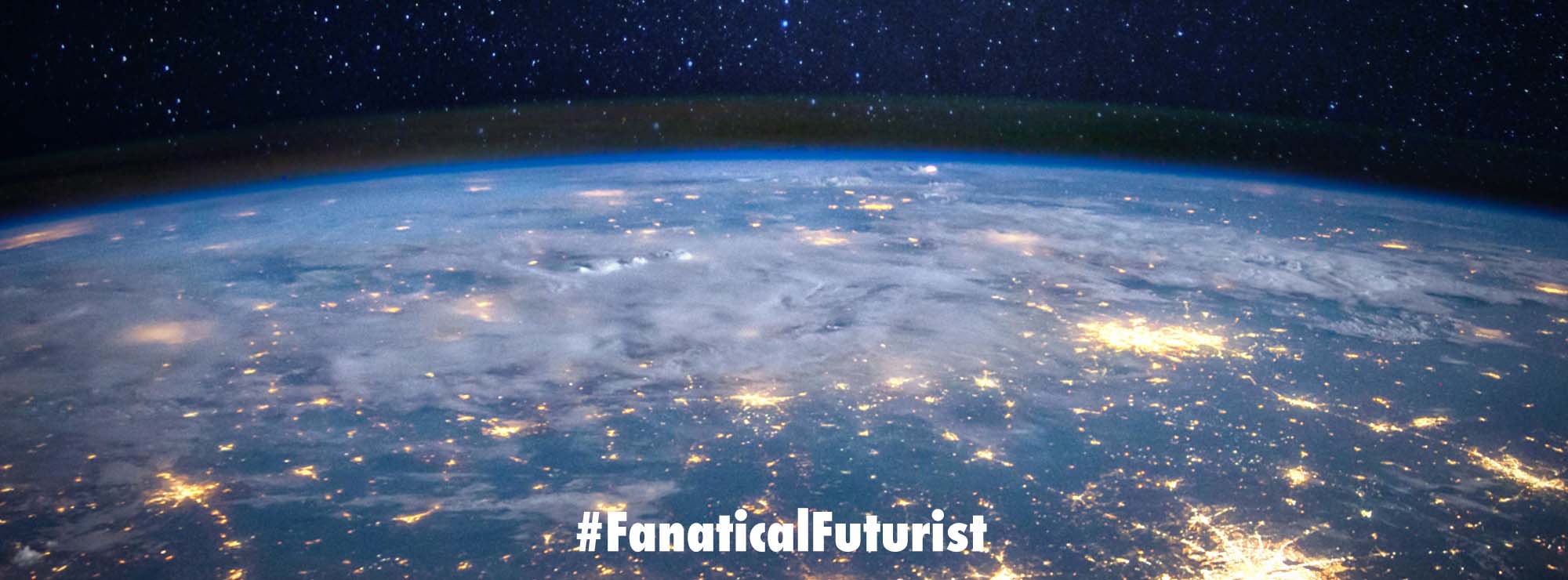WHY THIS MATTERS IN BRIEF
The ability to see what’s happening at smaller and smaller scales opens up the door to new materials, new drugs, and all kinds of new possibilities.
 Love the Exponential Future? Join our XPotential Community, future proof yourself with courses from XPotential University, read about exponential tech and trends, connect, watch a keynote, or browse my blog.
Love the Exponential Future? Join our XPotential Community, future proof yourself with courses from XPotential University, read about exponential tech and trends, connect, watch a keynote, or browse my blog.
A rare element called palladium is known to be a good catalyst for converting gaseous hydrogen and oxygen into water, but exactly how it works remains poorly understood. So for the new study, researchers from Northwestern University used a recently developed technique to watch in precise, molecular detail what was happening.
They placed samples of palladium into honeycomb-shaped Nano-reactors, encased in an ultra-thin membrane of glass. Then, the gases were introduced. The whole show was viewed using high-vacuum Transmission Electron Microscopes.
With these powerful new eyes, the team was able to see that hydrogen atoms enter the palladium, causing the metal to expand as its own atoms are pushed farther apart. But more importantly, they saw tiny water bubbles begin to form at the surface of the palladium.
The Future of Water, by Keynote Speaker Matthew Griffin
“We think it might be the smallest bubble ever formed that has been viewed directly,” said Yukun Liu, first author of the study. “It’s not what we were expecting. Luckily, we were recording it, so we could prove to other people that we weren’t crazy.” The resulting video is intriguing, giving us a front-row, nanoscale seat to finally directly see a reaction we learned about in elementary school. But the study could have practical applications too.
With further experiments, the team found the optimal method for using palladium to produce water. Adding hydrogen first, followed by oxygen, led to the fastest reaction rate. The hydrogen atoms would squeeze into the metal, then come back out when oxygen was added to produce water on the palladium’s surface.
See it in action.
The team says that scaling up the technique could lead to new ways to generate water on demand. One sci-fi scenario they outline includes filling sheets of palladium with hydrogen, loading them onto spacecraft and using them to generate drinking water by adding oxygen as needed.
“Palladium might seem expensive, but it’s recyclable,” said Liu. “Our process doesn’t consume it. The only thing consumed is gas, and hydrogen is the most abundant gas in the universe. After the reaction, we can reuse the palladium platform over and over.”
Of course, that’s still a long way off, and might not be practical in reality. But still, it could find use here on Earth in the nearer term future. After all, finding ways to generate drinking water on demand is an important need.
The research was published in the journal Proceedings of the National Academy of Sciences.
Source: Northwestern University















